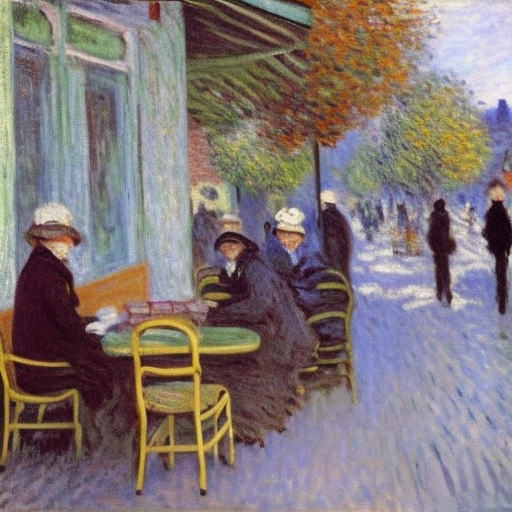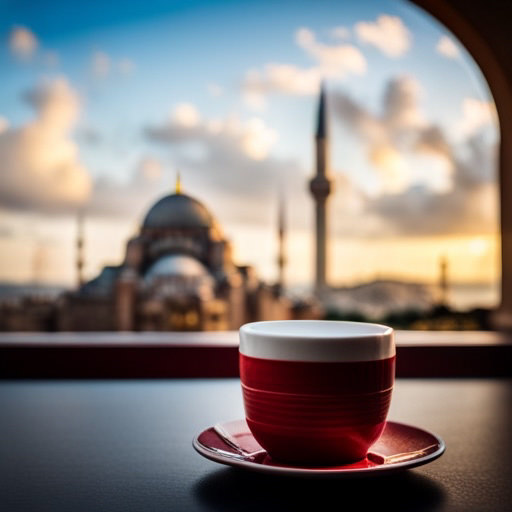When summer’s in full swing and the temperature is climbing, most people reach for an iced coffee without a second thought. But what if you still crave that cozy warmth of a hot cup? Believe it or not, you don’t have to give up warm coffee just because it’s hot outside.
In fact, many warm-weather cultures have a long history of sipping hot beverages in the heat, and for good reason. Warm drinks can actually help your body cool itself by promoting perspiration and regulating internal temperature. The trick is knowing what kind of warm coffee to enjoy when the sun is blazing.
Here are some smart (and delicious) hot coffee options that won’t leave you overheated:
Espresso or Cortado
These are your go-to power shots of coffee. Small, concentrated, and packed with flavor, an espresso or cortado gives you the boldness of coffee without the commitment of a full mug. Since they’re small and quick to drink, they won’t overwhelm your system with heat. A cortado, with just a bit of steamed milk, keeps things smooth and satisfying.
Spiced Coffee with Cooling Flavors
Add a touch of the exotic to your cup! Try blending your hot coffee with cooling spices like cardamom, cinnamon, or even a sprig of mint. Cardamom and mint, in particular, are known in Ayurvedic and Middle Eastern traditions for their natural cooling effects. These ingredients not only help your body regulate heat, but also elevate your coffee with a fragrant twist.
Light Roast Pour-Over
If you’re used to bold dark roasts, consider switching to a light roast for summer. Lighter roasts bring out the bright, citrusy, floral notes in coffee that feel more refreshing and clean on the palate. A pour-over method enhances these delicate flavors and avoids the heaviness of a rich, oily brew. It’s the coffee version of a crisp white wine on a hot day.
Coconut Milk or Oat Milk
Ditch the dairy and opt for something lighter. Coconut milk and oat milk not only add a creamy texture and slight natural sweetness, but they’re also easier on the stomach and less insulating than whole milk or cream. These plant-based options feel more refreshing and are great choices if you’re sipping a latte-style drink.
Turkish or Greek Coffee
In regions where the heat can be relentless, think the Mediterranean and Middle East Turkish and Greek coffee is a beloved staple. These traditional brews are rich, small, and meant to be sipped slowly. Served in tiny cups, they’re a mindful, flavorful ritual that offers warmth without overwhelming your body with too much liquid or temperature.
The Key: Balance & Tradition
The secret is all about balance. Choose smaller servings, flavor profiles that are bright and crisp, and ingredients known to promote cooling or calmness. Here is a possibility, bringing medium coffee and cinnamon together. Cultures around the world from Morocco to India to Italy have long embraced the idea of sipping warm beverages in the heat. It’s more about how and what you drink than avoiding heat altogether.
So next time you’re tempted to skip your hot coffee just because it’s warm out, don’t! There are plenty of satisfying ways to enjoy a cozy cup even during a heatwave. Just brew smart, sip slow, and maybe even enjoy your cup in the shade with a breeze on your face.
Stay cool, coffee friends.
Please note that if you purchase from clicking on the link, some will result in my getting a tiny bit of that sale to help keep this site going. If you enjoy my work, perhaps you would consider donating to my daily cup of coffee, thank you.



